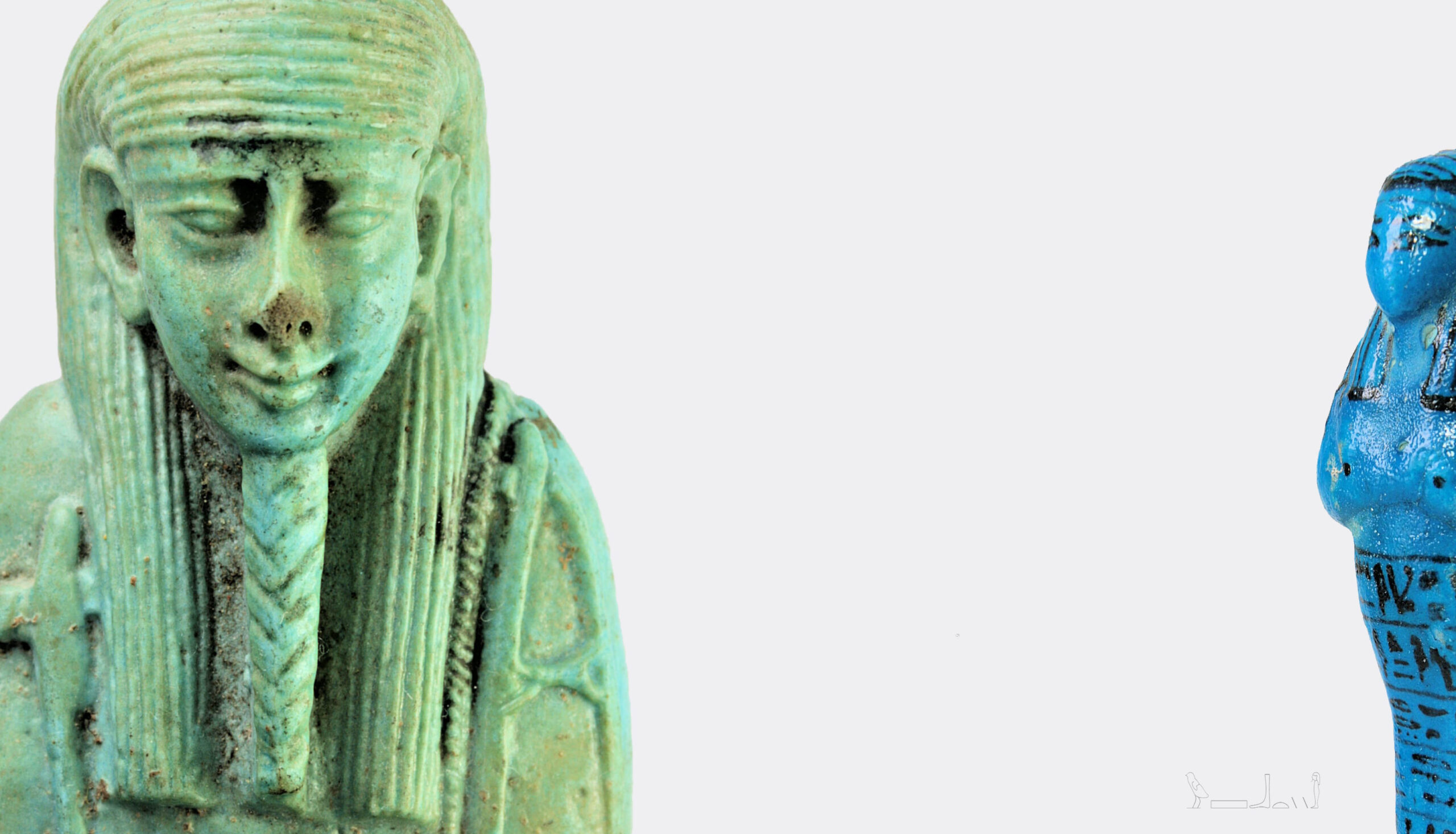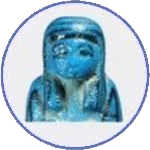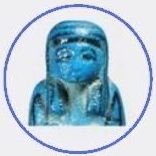

A very short history and general introduction to shabti figures
A shabti, also known as an ushabti, is usually a small mummiform figurine found in many ancient Egyptian tombs.
They are usually made of blue or green glazed faience, but also occur in stone, pottery and wood, and the odd rarity in glass and bronze.
The meaning of the Egyptian term is uncertain, however one possible translation is ‘answerer’, as they were believed to answer their master’s call to work as servants in the afterlife.
Shabtis (also known as shawabtis or ushabtis) are small human figures, usually mummiform in shape, which were placed in tombs to replace and act as servants of the deceased in the afterlife.
Shabtis were made from many different materials, most commonly faience, but also wood, stone, pottery, Nile mud, glass, wax and bronze.
The earliest known shabtis date to the Second Intermediate Period (circa 1782 - 1570 BC).
During the New Kingdom (circa 1570-1070 BC) the use of shabti figures became far more common.
The Egyptian economy as well as technology and art flourished during the early parts of this period leading to greater personal wealth and in turn a widespread use of shabti figures. These could now be mass-produced in faience or pottery and the wealthiest elite could commission the finest examples in stone, some tombs would contain hundreds of figures.
The most common inscriptions would contain the name of the deceased along with his or her title and perhaps their mother’s name but this period also saw the introduction of the “shabti spell”, also known as Chapter Six from the Book of the Dead:
Hail, Shabti. If the Osiris (name of the deceased) be decreed to do any of the work which is to be done in the Khert-Neter (i.e. the cemetery), let everything which stands in the way be removed from him; whether it be to plough the fields, or to fill the channels with water, or to carry sand from (the East to the West). “Here am I”, you shall say, “I shall do it”.


